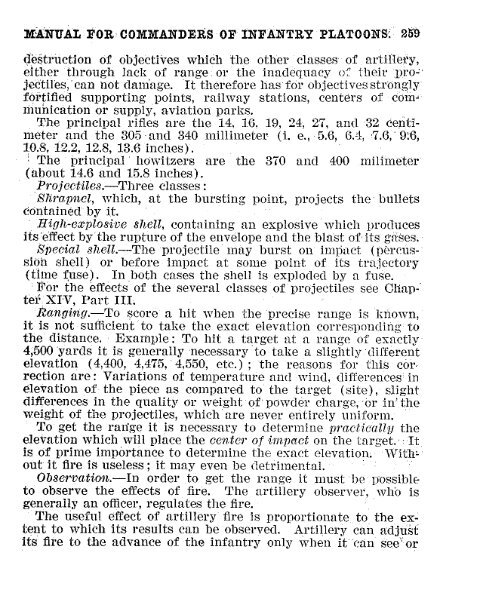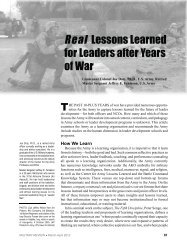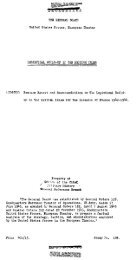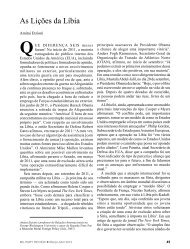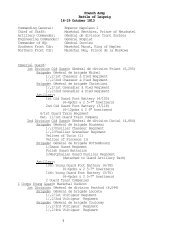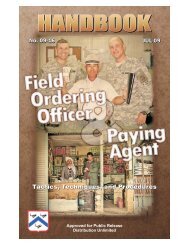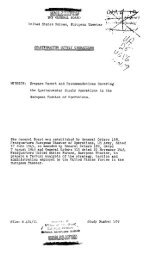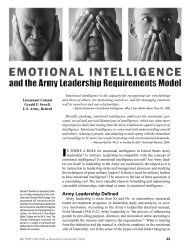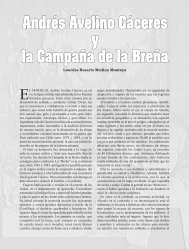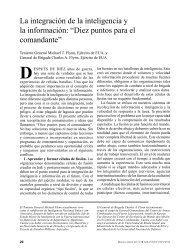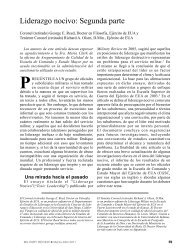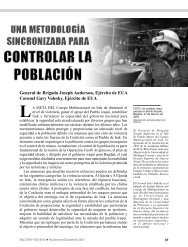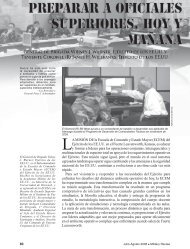manual for commanders of infantry platoons. - US Army Combined ...
manual for commanders of infantry platoons. - US Army Combined ...
manual for commanders of infantry platoons. - US Army Combined ...
You also want an ePaper? Increase the reach of your titles
YUMPU automatically turns print PDFs into web optimized ePapers that Google loves.
~ANUrAL FOR CO)M~IVWDIANE O`F INF~ANTRYSl FLIATOONS) 25<br />
d~struction <strong>of</strong> objectives which the other classes <strong>of</strong> artillery,<br />
either through, lack <strong>of</strong> range or the inadlequacy cC:their· pros<br />
jectil'es, can not dlamage. ~Ithere<strong>for</strong>e has <strong>for</strong> objectives str'ongly<br />
<strong>for</strong>tifiedl supporting points, railway stations, centers <strong>of</strong> com·<br />
inuhication or supply, aviation park~s.<br />
The principal rifles are thle 1~4,16.B19, 24, 27, and32 centi~meter<br />
alnd the 305 'and 340 millimeter (i. e., ·5.6, 6.4l, 7.6, 9B~6,<br />
10.8j, -12.2, 12.8, 13.6 inches).<br />
The principal*howitzers are the 37i0 and 400 mili~meter<br />
(about 14.6 and 15.8 inches).<br />
.Projeetiles.-Threeclasses:<br />
Shirapnecl, which, at the bursting point, projects the bullets<br />
cdntazined' by -it.<br />
Iligh-elxpilosi aceshell, conatsining an ex~plosive which pr1odluces<br />
its 'eff~ect by the rupture <strong>of</strong> the envelope and the bla'st <strong>of</strong> its garSes.<br />
Special she~ll-Tlhe pr1ojectile' may burst on impllact (pirer~ussion<br />
shell) or be<strong>for</strong>e impact at some point <strong>of</strong> its trajectory<br />
(t'ime fuse). In ~both cases the shell is exploded by a fuse.<br />
For' th~e effects <strong>of</strong> the several classes <strong>of</strong> projectiles see Chanp:<br />
teP' XI;V, P~art III.<br />
Racnging8-To score a hit wrhen ·the precise range is know~n,<br />
it; is not sufficient to take the exact elevation cor~resp~ondling4 to<br />
the distance. Exsample: To hit a target at a range <strong>of</strong> exac-tly<br />
4,500 'yards it is generally 'necessalry to tak~e a slightly 'different<br />
elevation (4,400, 4,47T5, 4550, etc.); the reasons <strong>for</strong> this cor·<br />
rection are: Variations <strong>of</strong> temperature an(1 wind, d~ifferences' in<br />
e'levation <strong>of</strong>- the piece as compared to the target (site), slight<br />
differences in the quality or weight <strong>of</strong> p~owdter chargSe, 'br in the<br />
weight <strong>of</strong> the pr~ojectiles, which are never entirely uni<strong>for</strong>m.<br />
To get the ranlige it is necessary to determine pract~ically the<br />
elevation which will place the center· <strong>of</strong> impzact on3 the target.:It:<br />
is <strong>of</strong> prime imnpbrtance to determine the exact elevation. WithL<br />
out it fire is useless; it may even be detrimental.<br />
Observationt.-In order' to get thle range it mlust hbeloossibl<br />
to observe the effects <strong>of</strong> fire. The artillery observrel, w~hb is<br />
generally ain <strong>of</strong>ficer, regulates the fire.<br />
The useful effect; <strong>of</strong> artillery fire is proportionate to the extent;<br />
to> wvhich its results can be observedl. Artillery can adljust<br />
its fire to the advance <strong>of</strong> the <strong>infantry</strong> only wrhen it.ca~n see" or


